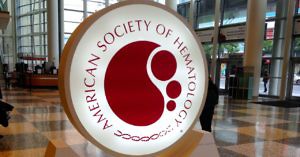Breathing fire into novel combinations

Dragon sculpture at Kiyomizu-dera Temple, Kyoto
Cancer cells can exhibit a dynamic ability to change their identity in response to environmental pressures or treatments. This flexibility allows them to adapt by taking on different characteristics, enabling them to survive in challenging conditions.
A tumour cell that initially depends on a specific growth pathway can shift its traits to rely on alternative mechanisms when the pathway is blocked therapeutically.
Much as a magician can conjure up an illusion, the nifty cellular shift can contribute to resistance to cancer treatment.
In some cases, tumour cells may alter their surface markers or acquire features typical of another cell type, making them less susceptible to targeted therapies.
Understanding this behaviour – and the molecular underpinnings of the changes – is crucial for developing more effective strategies to counteract tumour evolution, escape, and resistance.
What if the targets also change in the process?
Ah, but what if we can adapt a treatment regimen to aim at the evolved targets, assuming we know what they are? After all, if we put a blindfold on an archer then he likely won’t be able to see what and where the target is, whereas if they can see then the chances of success is much higher.
In our latest review we look at a number of targets and novel combinations based on key findings around the underlying molecular changes…
To learn more from our latest oncology review and get a heads up on key cancer research insights, subscribers can log-in or you can click to gain access to BSB Premium Content.
This content is restricted to subscribers

 In the past, much of the focus at previous American Society of Hematology (ASH) meetings in this area has focused on the myriad of chemotherapy regimens and dose/schedule optimisations that followed in trying to boost patient outcomes.
In the past, much of the focus at previous American Society of Hematology (ASH) meetings in this area has focused on the myriad of chemotherapy regimens and dose/schedule optimisations that followed in trying to boost patient outcomes.